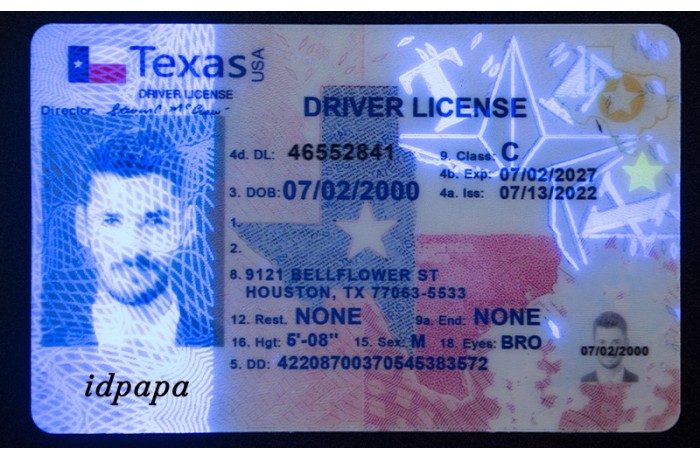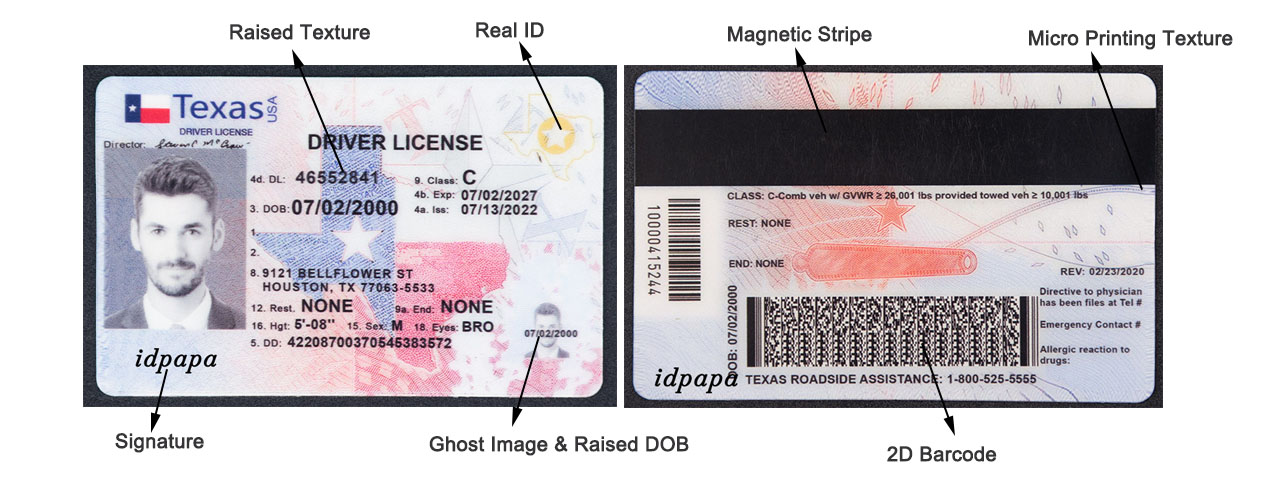✓ The Persistent Market for Fake IDs and Underage Drinking
The Persistent Market for Fake IDs and Underage Drinking

Fake IDs have become a fixture in American nightlife and college culture. For decades, underage individuals have sought ways to bypass age restrictions, and the market for counterfeit identification has evolved into a sophisticated and persistent underground industry.
In parallel, underage drinking remains a significant public health issue, with fake IDs often acting as a gateway for minors to access alcohol and other age-restricted environments. This blog delves deep into the complex interplay between the persistent market for fake IDs and the phenomenon of underage drinking, exploring the underlying causes, market dynamics, societal consequences, and potential pathways to addressing these intertwined challenges.
1. Historical Evolution of the Fake ID Market
The history of fake IDs is a story of continuous adaptation. In the early days, counterfeit IDs were rudimentary, often consisting of photocopied images with handwritten alterations. As technology advanced, so did the methods employed by counterfeiters. Today, many fake IDs are produced with high-resolution printers, holographic overlays, and other advanced security features that mimic genuine identification documents.
 Early Beginnings
Early Beginnings
●Simple Forgeries:
In the past, fake IDs were typically produced with basic photocopy machines and simple design software. The lack of sophisticated printing technology made these forgeries relatively easy to detect, yet they still provided underage individuals with a semblance of legitimacy.
●Local Networks:
Early fake ID production was often organized on a small scale, with local networks of counterfeiters serving specific communities. These operations were informal, and information was shared through word-of-mouth and clandestine social circles.
●Cultural Significance:
For many young adults, acquiring a fake ID was seen as a rite of passage—a symbolic step toward adulthood that offered access to privileges previously denied to them by law.
✅ Technological Advancements

●Digital Printing and Graphics:
With the advent of digital photography and high-resolution printing, counterfeiters found themselves equipped with tools that could produce IDs with a level of detail previously unimaginable. Today’s fake IDs often incorporate features such as holographic security strips, microprinting, and even RFID chips.
●Online Marketplaces:
The rise of the internet dramatically changed the game. Online forums, encrypted chat groups, and dark web marketplaces allowed counterfeiters to expand their operations and reach a national—and even global—customer base. Consumers no longer had to rely on local networks; they could order fake IDs from sellers in distant regions with promises of fast shipping and high-quality products.
●Professionalization:
Over time, fake ID production has evolved into a professional enterprise. Many sellers advertise their products with guarantees of authenticity and fast delivery times, often using sophisticated websites and payment systems. This professionalization has led to a persistent, resilient market that continually adapts to changes in law enforcement and technology.
✅ The Market Today
●Scale and Sophistication:
Today, the fake ID market is a multi-million-dollar underground industry. Counterfeiters use state-of-the-art equipment to produce documents that are extremely difficult to distinguish from the real thing. This sophistication poses significant challenges for businesses, law enforcement, and regulatory agencies.
●Consumer Demand:
The demand for fake IDs remains high, driven by the social and economic pressures faced by underage individuals. For many students, a fake ID is seen as a necessary tool for accessing not just nightlife but also other adult privileges such as renting vehicles, accessing certain venues, or even entering into certain types of employment.
●Market Resilience:
Despite increased efforts by authorities to crack down on fake ID production and distribution, the market has shown remarkable resilience. Every time law enforcement tightens regulations or employs new detection technologies, counterfeiters quickly adapt by updating their methods and designs.
2. The Economics of the Fake ID Industry
The fake ID market is not merely a byproduct of youth culture—it is a fully developed underground economy. Understanding the economics behind this market is essential for grasping why it persists despite rigorous law enforcement efforts.
Supply and Demand Dynamics
●High Consumer Demand:
Underage individuals seeking to participate in nightlife and gain access to age-restricted activities create a robust demand for fake IDs. The desire for social inclusion and the thrill of rebellion drive this demand, which remains consistently high across the country.
●Cost and Pricing:
Prices for fake IDs can vary widely based on quality, speed of delivery, and the sophistication of the technology used. Basic fake IDs might cost a few dollars, while high-quality fake ID shops , digitally produced IDs with advanced security features can command much higher prices. The pricing structure reflects the costs incurred by counterfeiters in acquiring equipment, raw materials, and maintaining online operations.
●Market Resilience:
Despite periodic law enforcement crackdowns, the demand for fake IDs continues to support a thriving supply chain. This dynamic creates a persistent underground economy that is constantly adapting to regulatory pressures.
✅Organizational Structure
●Small-Scale Operations vs. Organized Crime:
The fake ID market comprises both small, localized operations and larger, more organized networks that operate on a national level. Small-scale operations may serve a single college town, while larger organizations leverage online platforms to reach a broader audience.
●Technology Investment:
As counterfeiters invest in high-quality printing and digital security technologies, the production of fake IDs has become increasingly professionalized. These investments allow sellers to produce IDs that are nearly indistinguishable from the real thing, thereby reinforcing consumer trust in their products.
●Distribution Channels:
The market has adapted to the digital age through online storefronts, dark web markets, and encrypted communication channels. These distribution channels not only facilitate the sale of fake IDs but also provide a layer of anonymity for both sellers and buyers, making law enforcement efforts more challenging.
✅ Economic Impact on Society
●Cost to Businesses:
For bars, nightclubs, and other venues, the prevalence of fake IDs increases the cost of implementing and maintaining effective age verification systems. Investments in electronic scanners, training, and security personnel are direct costs imposed on businesses as a result of fake ID use.
●Indirect Social Costs:
Underage drinking fueled by fake ID use leads to increased healthcare expenses, higher rates of alcohol-related accidents, and a strain on law enforcement resources. These indirect costs are borne by society at large, adding an economic burden that extends beyond the immediate underground market.
●Incentive Structures:
The persistent profitability of the fake ID market creates incentives for further innovation and expansion. As long as consumer demand remains high and enforcement efforts struggle to keep pace, the economic drivers behind the fake ID market will continue to propel its growth.


